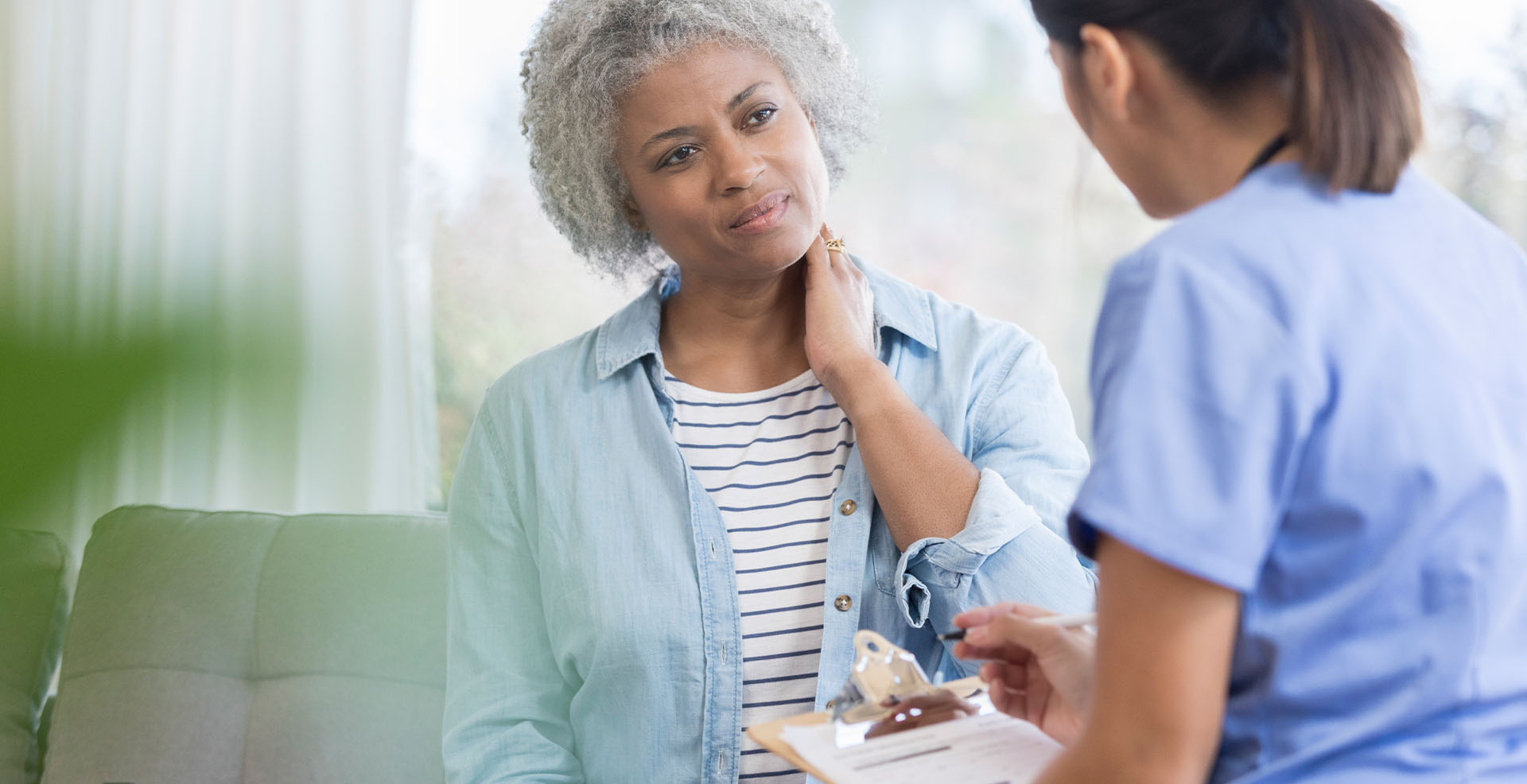The Study Question
Previous research over the past 25 years has shown that a substantial percentage of the U.S. population uses integrative health care, and massage therapy is consistently among the top three most widely used therapies. This study re-analyzed data from the 2012 National Health Interview Survey (NHIS), representing adults aged 65 and older, to determine patterns and perceived benefits of seven major integrative health approaches. The 2012 NHIS data set contains the most recent data on use of integrative approaches.
The Study Methods
The NHIS is an annual cross-sectional in-person interview survey to demonstrate health care trends, such as health status and health services utilization among civilians. Every five years, the survey collects comprehensive information about health care trends related to integrative approaches, including patterns of use and perceived benefits of use. The survey response rate was 61.2 percent, with a raw sample size of 34,525. Of those, 7,382 were age 65 or older.
Observations with missing values (n = 266) were excluded, for a final sample size of 7,116 older adults. While the NHIS asks about the use of 36 different types of approaches during the past 12 months, this study limited its analysis to the seven most commonly used approaches by older adults, based on previous research. These included acupuncture, herbal therapies, chiropractic, massage therapy, meditation, Tai Chi and yoga. Covariates used to group survey responses included age, sex, race/ethnicity, marital status, educational attainment, geographic region, poverty status as determined by federal poverty level (FPL), self-reported health status, moderate mental distress using the Kessler’s K6 scale and functional limitations. In addition, the NHIS asks whether the respondent currently has any of 10 chronic conditions: asthma, arthritis, cancer, diabetes, hepatitis, hypertension, chronic obstructive pulmonary disease, coronary heart disease, stroke, and/or weak or failing kidneys.
An additional category of variables included the perceived benefit associated with the use of the specific integrative approach. Benefits included (1) a better sense of control over health; (2) stress reduction/relaxation; (3) better sleep; (4) feeling better emotionally; (5) made it easier to cope with health problems; (6) improved overall health/feeling better; and (7) improved relationships with others. The NHIS also asked if the approach was (8) important for maintaining health and well-being in general.
Data were analyzed using cross-tabulations and weight-corrected Pearson’s chi-squared statistics to determine the extent to which socio-demographic and health-related characteristics were different among U.S. adults ages 65 and older for each integrative approach.
The Results
Of those 65 and older, 29 percent used at least one type of integrative approach. The most commonly used were herbal therapies (18.1 percent), chiropractic (8.4 percent) and massage (5.7 percent). A majority of the study participants were younger, between the ages of 65–74 (57.2 percent), female (56.1 percent), non-Hispanic whites (79.4 percent), married (55.8 percent), and had an educational level of some college or higher (50.7 percent). Those who used massage, yoga, meditation or Tai Chi were more likely to report being in excellent health.
Regardless of age groups, 52.3 percent reported that use of integrative approaches improved their overall health and that they felt better, and 68.9 percent stated that use was important for them to maintain health and well-being. Seniors aged 65–74 were more likely to report every domain of perceived benefits than those ages 75 or older; however, those 75 and older were more likely to report that use of an integrative approach “made it easier to cope with health problems.”
Limitations of the Study
Like most surveys, this study has limitations based on self-reported data that is subject to recall bias.
Patterns of use may have changed since the data were collected in 2012, although the study’s demographic results are consistent with other research showing that married, white women with college education and disposable income are more likely to use integrative therapies. In addition, the survey did not ask any questions about the duration or frequency of use.
Implications for Evidence-Informed Practice
Seniors between the ages of 65–74 may be more likely to be interested in massage therapy as a way to maintain health and feel better, especially if they have a chronic health condition. The study also points to the need for massage therapists to be well-versed in modifying techniques to work safely with those seniors living with chronic health conditions.
The study also shows the need for further research on biopsychosocial outcomes and the crucial role massage therapy can play in promoting healthy aging in older adults.
